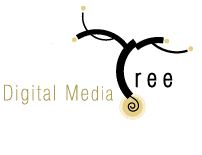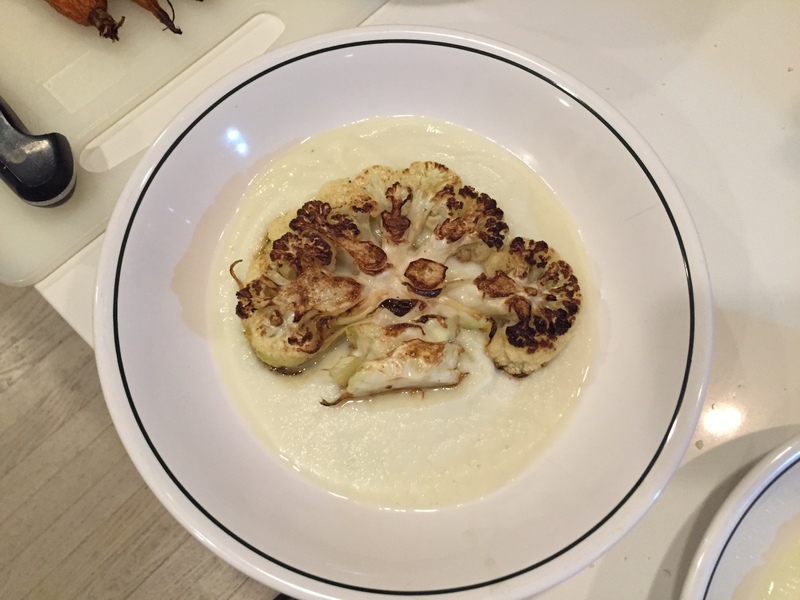Anticipating a revolution in Russia was important to the invention of the avant-garde, but art itself in the modern sense is a product of the French Revolution. Groys explains that before 1789 we only had design, works made to direct or instruct. The revolution invented art for contemplation. Once the past was declared politically irrelevant, aesthetic disinterest replaced the search for ethical or moral relevance or usefulness when looking at it. Groys quotes Immanuel Kant at the beginning of The Critique of Judgment (1790), explaining how all that might have to do with why a building was where it was needed to be put aside if one were to judge (one’s experience of) it aesthetically.
Groys does not say so, but the French Directory literally burned Raphael’s and others’ tapestries to get the gold and silver thread out. This could be seen as a precedent for Kazimir Malevich’s call to burn the art of the past, and it is in terms of such irreversible violence that he describes Malevich’s Black Square as revolutionary in a deeper sense than art that directly “criticized the political status quo or advertised a coming revolution.” Groys talks about a show in the 1930s in Russia in which Malevich was presented as predecessor to the revolution. One gets the sense that by the thirties, with Trotsky safely in exile, the attitudes attacked by Vladimir Lenin in his “Left-wing Communism, an Infantile Disorder” were okay when understood as belonging to the past. Comparably, Groys mentions that Joseph Stalin kept Lenin’s corpse on permanent display to demonstrate not permanence but that Lenin really was dead.
Clement Greenberg’s definition of the avant-garde is counterintuitive; in his version the avant-garde doesn’t burn high culture but instead affirms it, while as in its previous incarnation marking an irreversible change and doing both in the face of that which does indeed threaten to incinerate, or dissolve, it: kitsch. Permanent revolution, declared prerevolutionary in Russia by the thirties (with Trotsky off in exile), becomes in Greenberg the condition, or more specifically the form of an avant-garde that permanently preserves high culture, by making art that contemplates the latter and its implications through abstraction, its syntax rather than its semantic content as it were.
Groys’ reading of “Avant-Garde and Kitsch,” which is at the center of his book and argument, is a brilliant demonstration and explanation of how Greenberg’s attitude to art links him both to T. S. Eliot’s elitist belief in high art and to “the famous Stalinist definition of writers and artists as ‘engineers of the human soul.’”
game 7 okc - golden state at 9 on tnt. i swear im watching this one.


almost completely forgot in the run-up to this summers euro 2016 tournament that today is the champions league final between real madrid and atletico madrid, a rematch of maybe the 2014 final. too lazy to look it up. on fox at 245.
watch indian-american kids sweat.... its the national spelling bee now on espn!
lox populi

Wish you were steer.
always been a fan of maria bamfords off kilter comedy. she has a new netflix show called lady dynamite that is.... wait for it.... getting good buzz.
guess this is getting some buzz. what would hollywood do without comic books for source material?
Did you see this Bill?
Two episodes into the 6 episode BBC mini series, picked up by AMC, "The Night Manager." Based on a John le Carré book. Staring Elizabeth Debicki, Hugh Laurie, and Tom Hiddleston. Pretty good so far. Not sure where I read about this, so maybe this has already been discussed....
Hallett Nature Sanctuary is one of the Park's three woodlands (along with the Ramble and North Woods). It was originally called "the Promontory" by the Park's designers. The underused and inaccessible landscape was closed to the public and preserved as a bird sanctuary by NYC Parks Commissioner Robert Moses in 1934, and in 1986 renamed in memory of George Harvey Hallett Jr., a birdwatcher, naturalist, and civic leader.
The sanctuary remained untouched until 2001, when the Central Park Conservancy took up its restoration and maintenance. Hallett Nature Sanctuary is a perfect example of how even the "wildest," most naturalistic habitats in Central Park require constant planning and care in order to thrive. As a result of the Conservancy's removal of invasive plant species and introduction of native plants, the sanctuary is more diverse and healthy than ever, supporting various wildlife populations. To learn more about the Hallett Nature Sanctuary from Doug Blonsky, the Conservancy's President & CEO, click here.
When everything else is uncertain, comfort yourself with Katz’s Ur–New York hot dog, all snap and salt under a mantle of mustard and kraut. If New York has terroir, this is what it tastes like.
No pressure, but we're expecting this sort of thing on the highlight reel.
congrats to leicester city who won the english premier league today after entering the season at 5000 to 1 odds.
Probably for Dave, but I'll post it here: I watched the U.K. releases of Downton Abbey (which came out before the U.S. releases.) But am I right that for people watching the U.S. versions, that what was called the "Christmas Special" in the U.K., has already aired in the U.S.? In other words, U.S. viewers aren't still waiting for Christmas to see the final episode, are they? (I'm trying to figure out whether my father would have already seen the final episode or whether I can send it to him.)
Gowanus’ Coignet Building
where landmasses would have been in pangaea.

